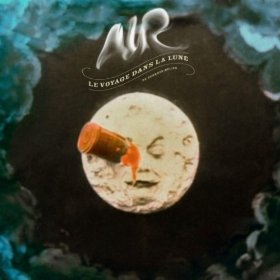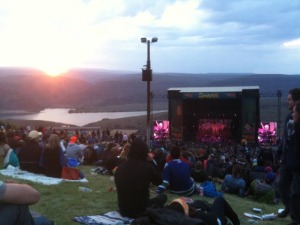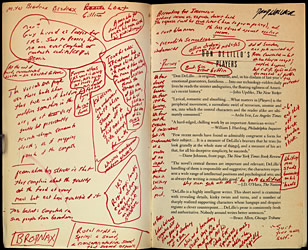“The Artist” is a modern French interpretation of an old black-and-white silent movie, which is to say that you’d be hard-pressed to come up with a film idea which would have to travel a more difficult road in order to find a wide American audience.
However unlikely the concept, though, “The Artist” is poised to do just that. Michel Hazanavicius, previously best known for his O.S.S. series of Spy Parodies, leads Jean Dujardin and Bérénice Bejo into new territory with a movie which manages to be both a tribute to a film-making era gone by and also one of the most emotionally potent movies that I have seen in some time.
Many critics have been happy to pull out the “Silence is Golden” trope in their reviews, anticipating the almost certain Oscar nominations for the film and its cast (not to mention for the wonderful score by Ludovic Bource). They’re right to do so. “The Artist” has some incredibly nuanced performances and, believe it or not, one of the most compelling ones is by a dog. Uggie is a Jack Russell Terrier who steals every scene he appears in, prompting an ad-hoc Twitter campaign to get him an Oscar nomination as well.
Watching Dujardin and Bejo tap dance together was also a revelation to me: The wordless joy that these scenes express is the real thing, not an ironic, tongue-in-cheek gesture or some sort of “Hey — Look at me dance in the 1920’s!” exercise that some of Hollywood’s recent forays into the era have produced. The film’s American production design team also really nailed the look and feel of the time, adding so many fun little grace notes for the audience to pick out.
And yet with all the tap dancing, period artifacts, and performing dogs, “The Artist” manages to remain a serious film about love and pride. It is, without a doubt, my favorite film of 2011.


